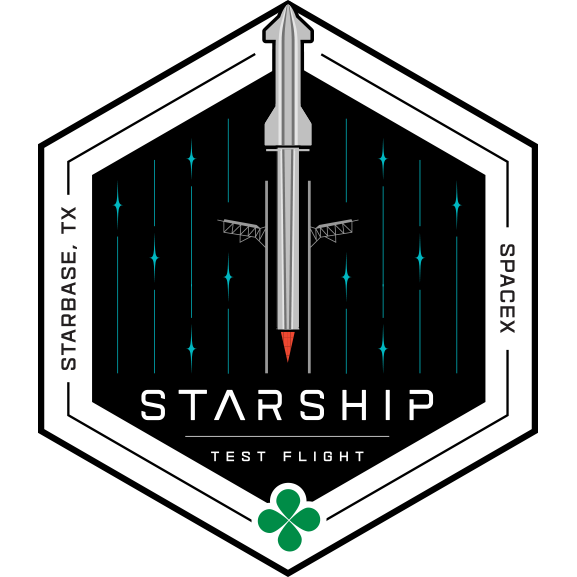SpaceX to Launch First Fully Integrated Starship Test (Updated)

Prior to the SpaceX attempt to launch first full stack Starship test, Ship 24 was involved in static fire testing of its Raptor rocket engines as seen in this aerial photo.
Starship photo courtesy: SpaceX
SpaceX will attempt to make history on Monday, April 17, when it launches its massive Starship and Super Heavy rocket as an integrated system for the first time. The company has received a license from the Federal Aviation Administration (FAA) to conduct the flight test from its Starbase facility in Boca Chica, Texas.
Starship is the centerpiece of SpaceX's ambitious reusable transportation system designed to carry both crew and cargo to Earth orbit, the Moon, Mars, and beyond. The vehicle consists of two stages: the Super Heavy booster, which stands 23 stories tall and is powered by 33 Raptor engines, and the Starship upper stage, which is 164 feet long and has six Raptors. SpaceX produces the Raptor rocket engines in-house.
SpaceX has been testing Starship's upper stage for several years, performing multiple suborbital flights that demonstrated its unique belly-flop maneuver and controlled landing. Most of the prototypes did not survive the landing attempts, although at least one, Starship SN15, completed with an intact vehicle (see video below). The Super Heavy booster has undergone several static fire tests, including a full-duration 31 Raptor engine test, the largest number of simultaneous rocket engine ignitions in history, according to SpaceX, but it has never flown.
Starship SN15 High-Altitude Flight Test Video
The upcoming flight test will be the first time that both stages are integrated and launched together. SpaceX plans to follow a suborbital trajectory that will take Starship over the Gulf of Mexico and then across Florida before re-entering and splashing down in the Pacific Ocean near Hawaii. The Super Heavy booster will separate shortly after liftoff and fall back to a rocket-powered splashdown in the Gulf of Mexico off the coast of Texas.

SpaceX First Orbital Starship Test Patch
Artwork courtesy: SpaceX
Neither stage will be recovered, as SpaceX's main goal, the company says, is to learn as much as possible from data and telemetry. In the future, SpaceX intends to catch both stages using a giant launch and catch tower that stands 146 meters tall at Starbase (with another under construction in Florida). This novel system will allow SpaceX to rapidly reuse its rockets without needing landing legs or droneships, the company claims.
SpaceX says it is targeting a 150-minute launch window that opens at 7:00 a.m. CT (5am PDT, 8am EDT) on Monday. The launch date and time are subject to change depending on weather and the vehicle's condition.
Elon Musk, SpaceX CEO, has repeatedly stressed, this is an experimental flight that carries a high risk of failure. If the flight succeeds it may be a milestone for SpaceX's vision of making humanity a multiplanetary species.
UPDATED: Story headline, URL, lead photo and photo caption updated from original version to correct reference to full stack test, instead of orbital test. Article always correctly described flight as a full stack sub-orbital flight.

Craig has decades of experience contributing to Flight International, Aviation Week, KCRW, NPR, and appearances on the Discovery, Military and History Channels.

 Welcome to AeroSpaceNews.com, the world's first
Welcome to AeroSpaceNews.com, the world's first